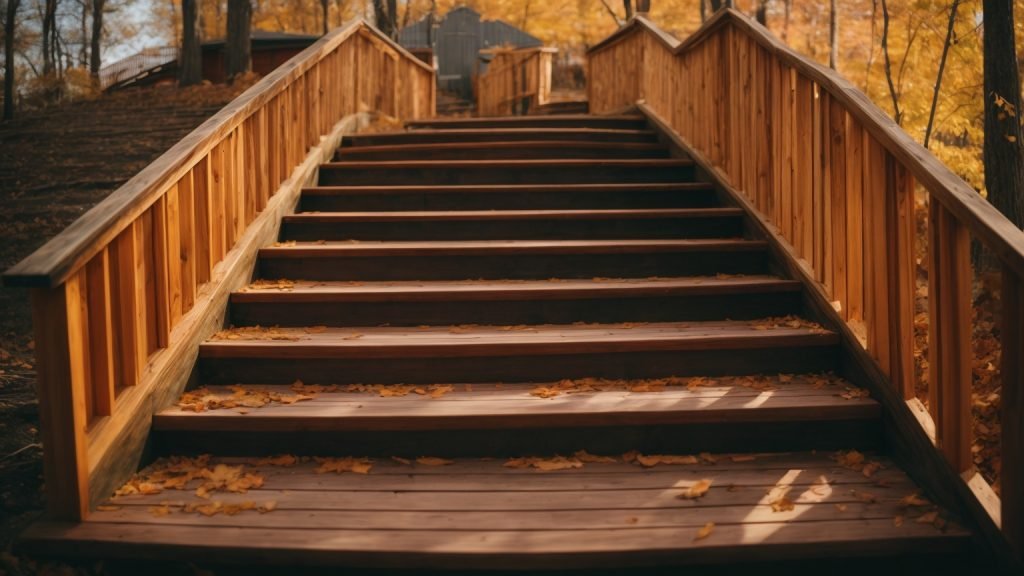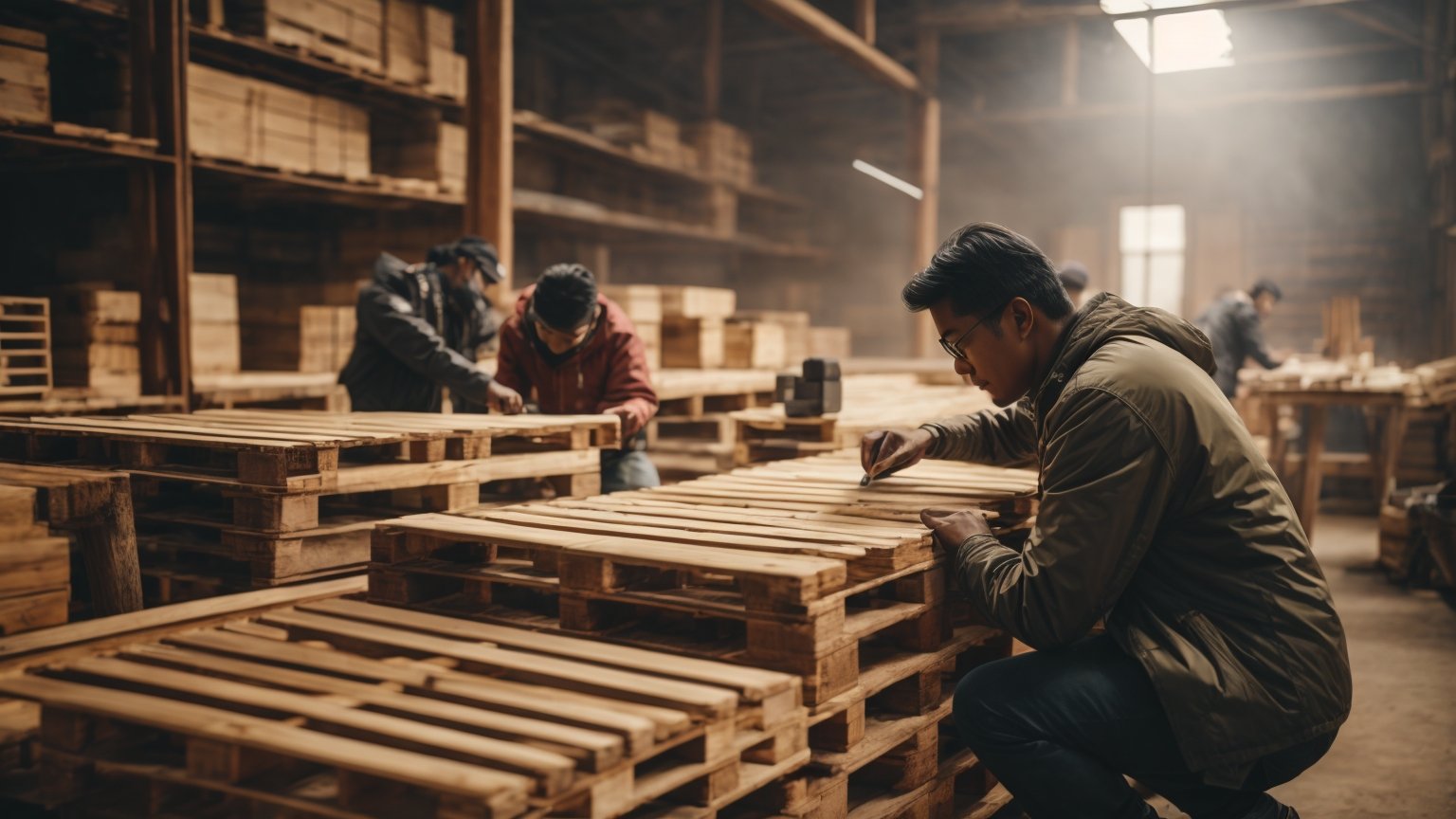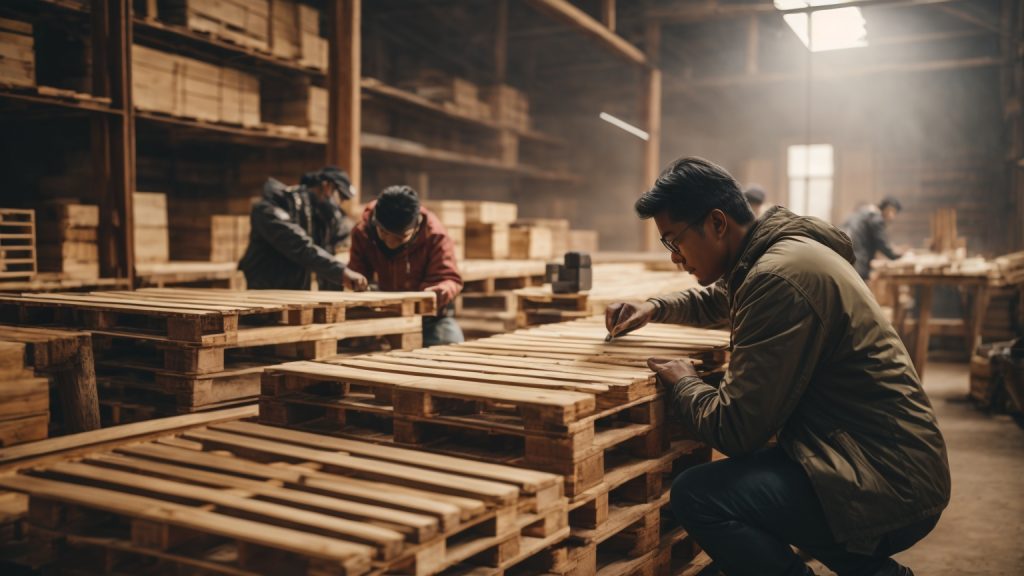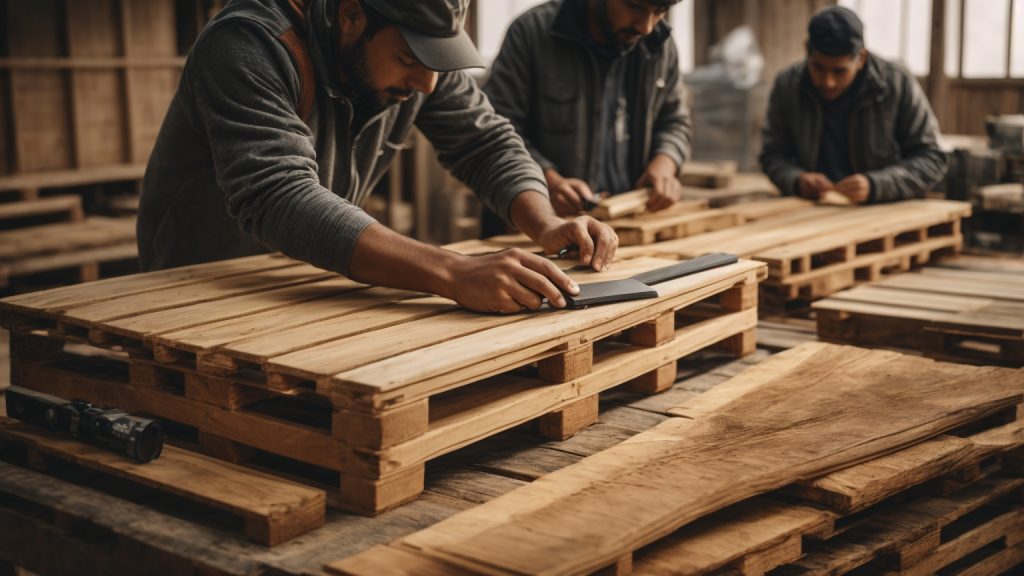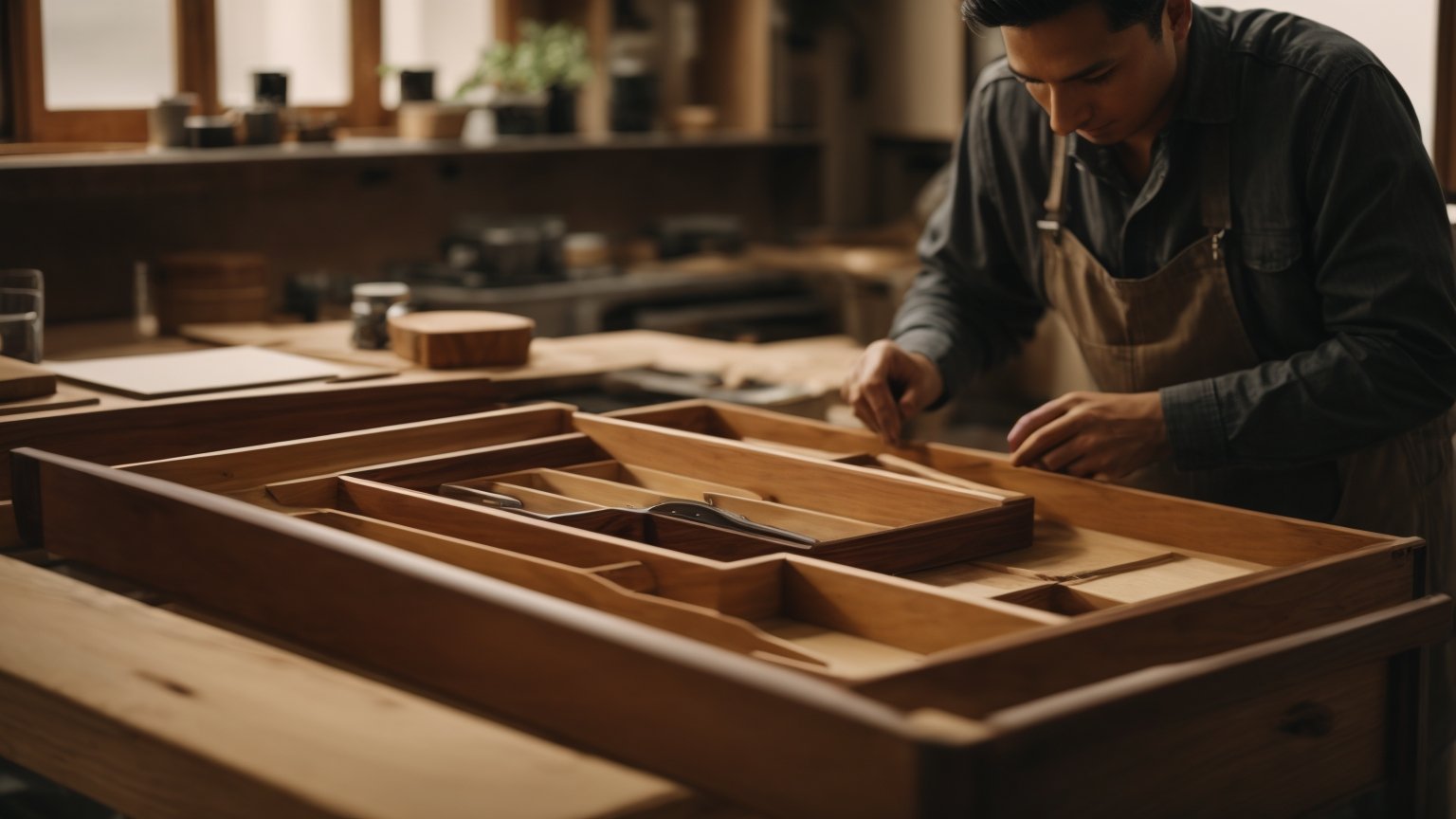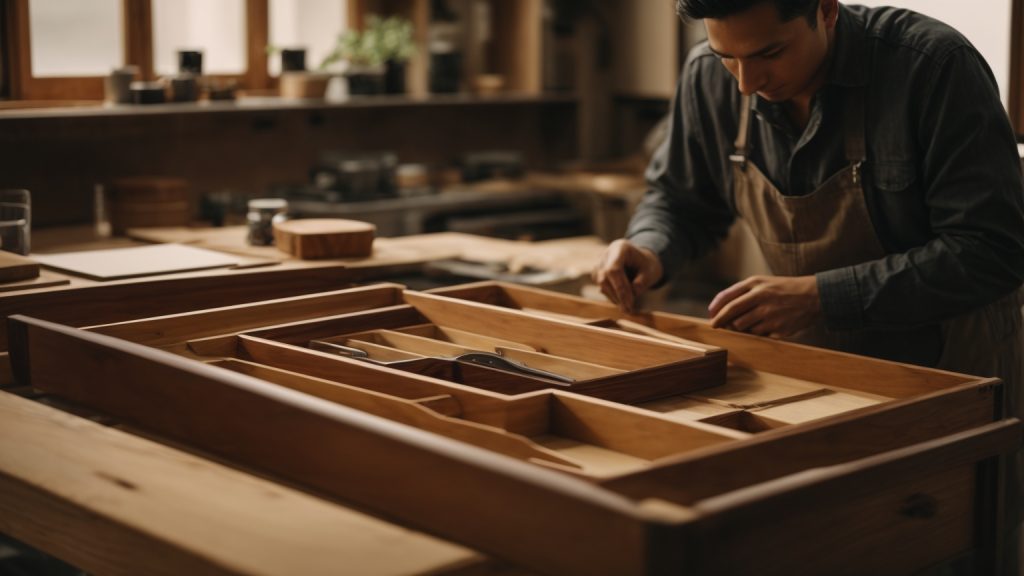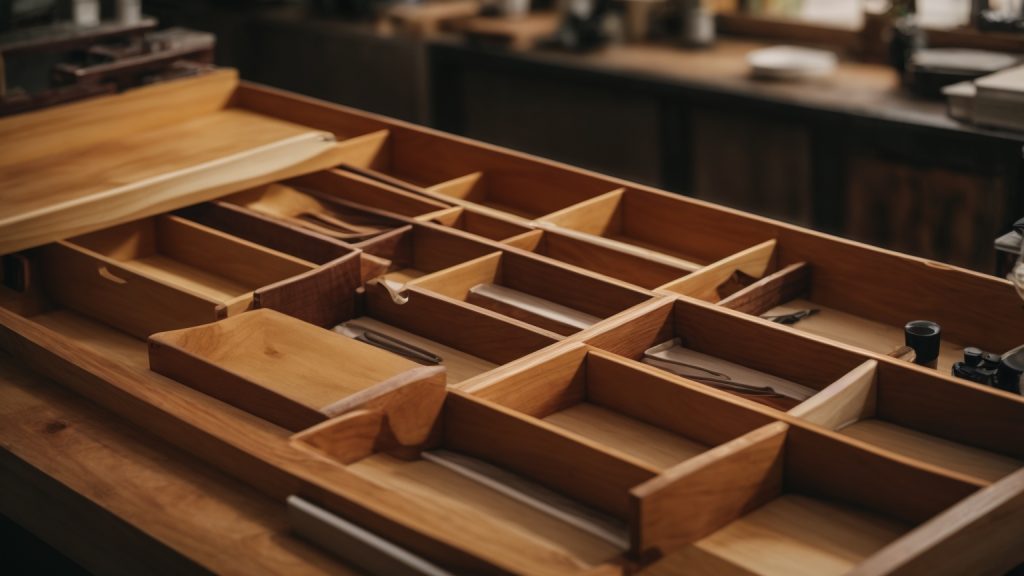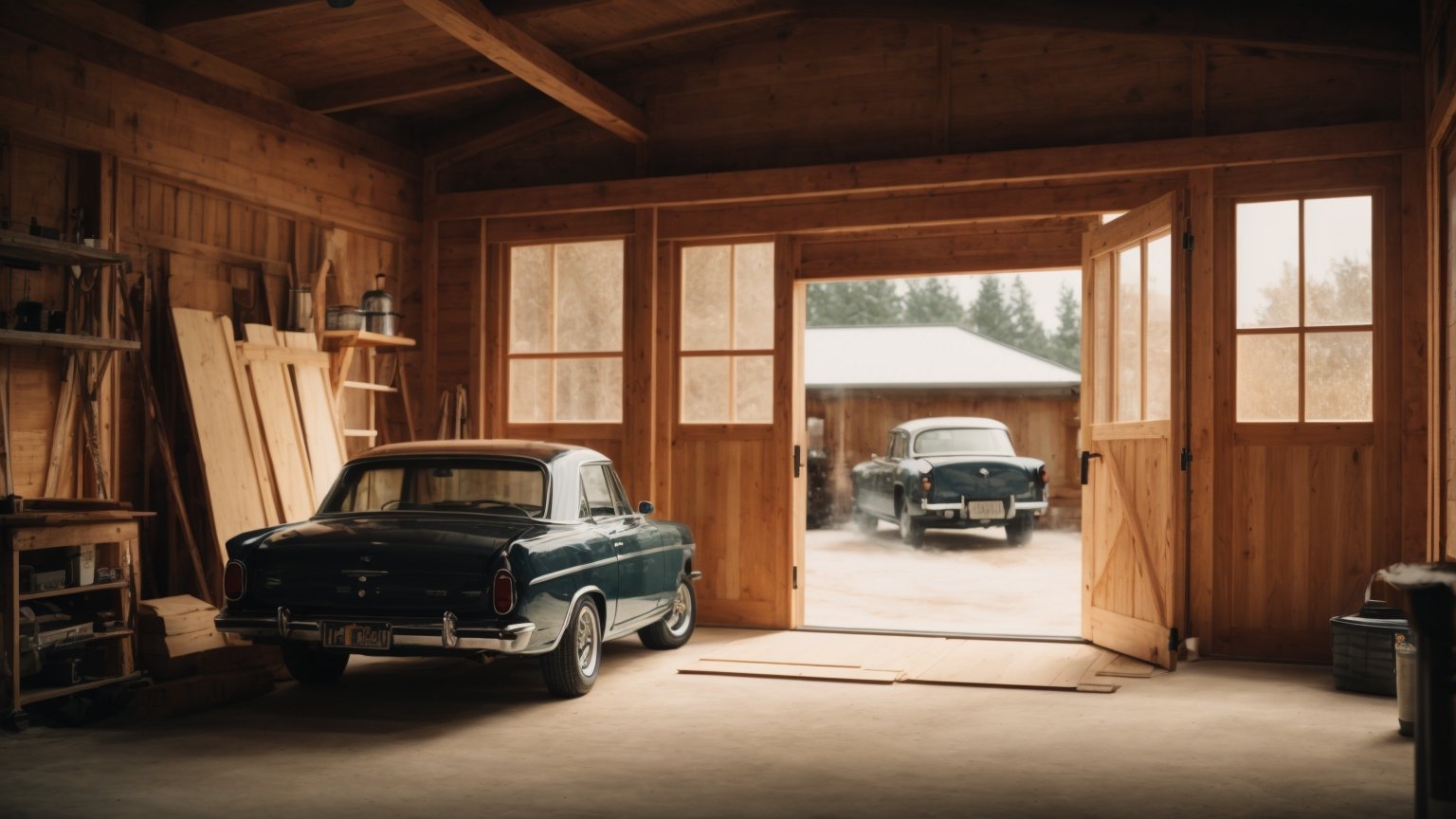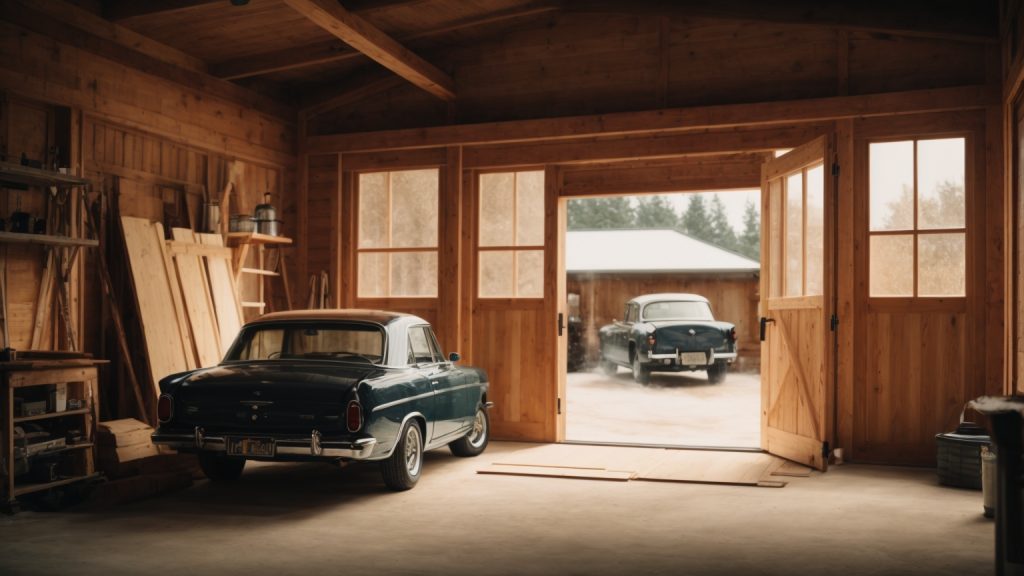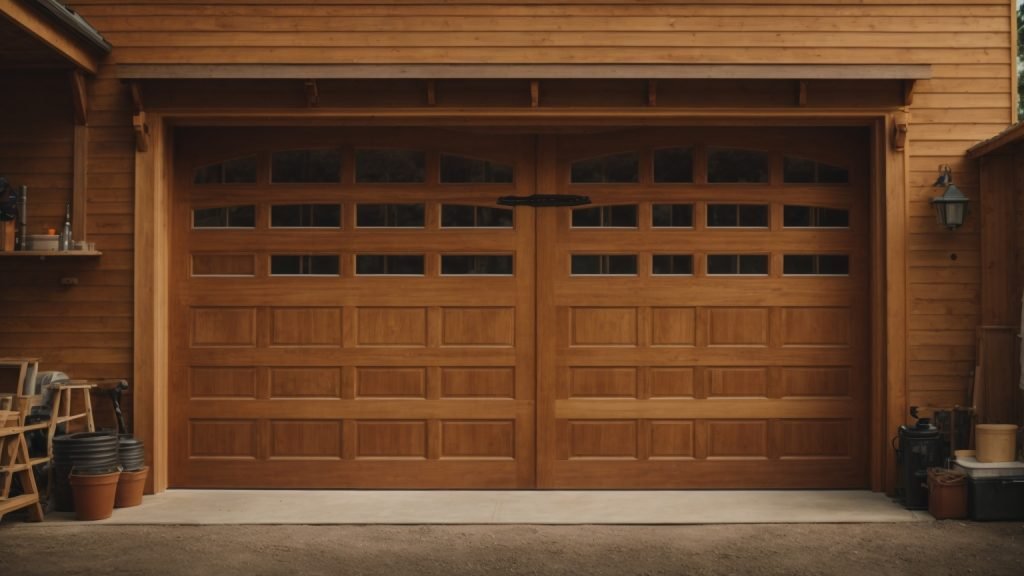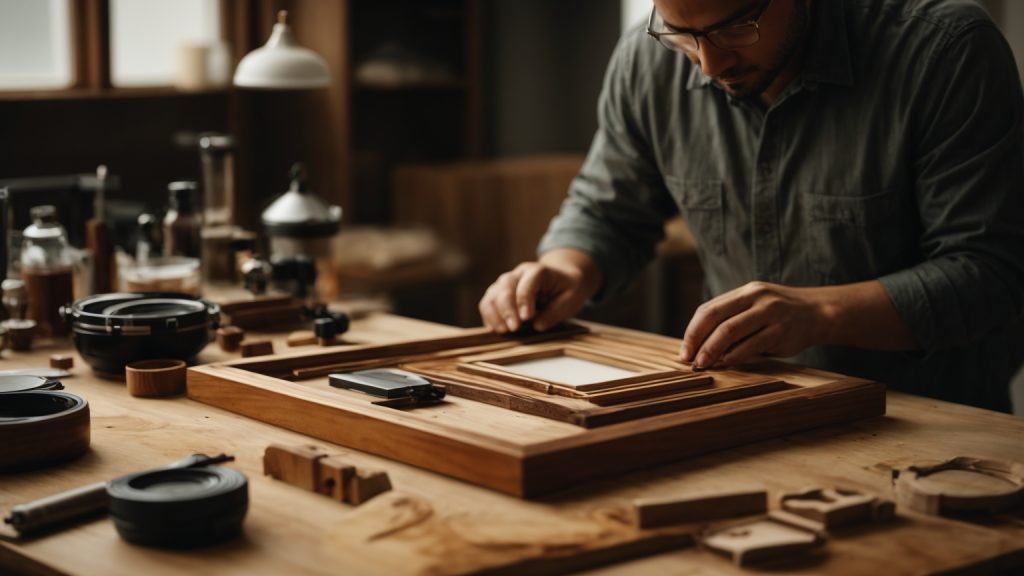Are you tired of spending a lot of money on a bed frame that doesn’t fit your style or budget? Building your own wooden bed frame can be a fun and rewarding DIY project that will save you money and allow you to customize it to your liking. In this article, we’ll show you how to build a wooden bed frame that fits your mattress size and style.
Before you start building your wooden bed frame, it’s important to decide on the size and style you want. You can build a DIY wooden bed frame of any size by scaling the measurements to suit your mattress. You’ll also want to consider the style of your bed frame, whether you want a rustic, modern, or traditional look. Once you have your design in mind, you can start gathering the materials and tools you’ll need to get started.
Building a wooden bed frame may seem intimidating, but with the right tools and materials, it can be a fun and easy project. In the following sections, we’ll provide step-by-step instructions on how to build a wooden bed frame that fits your mattress size and style. So, grab your tools and let’s get started!
Understanding the Basics
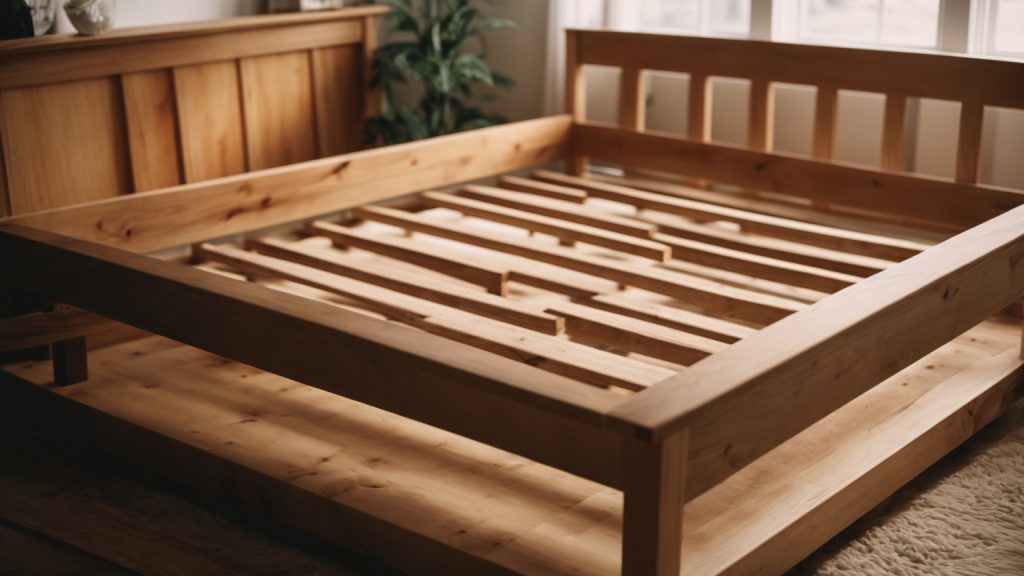
When it comes to building a wooden bed frame, there are a few basics you should understand before getting started. In this section, we’ll cover the types of wood you can use and the different bed frame sizes available.
Types of Wood
The type of wood you choose for your bed frame will affect both its appearance and durability. Here are some common types of wood used for bed frames:
- Pine: Pine is a softwood that is easy to work with and has a light, natural color. It’s also affordable, making it a popular choice for DIY bed frames.
- Oak: Oak is a hardwood that is known for its strength and durability. It has a distinctive grain pattern and can range in color from light to dark.
- Maple: Maple is another hardwood that is known for its strength and durability. It has a fine, even grain and ranges in color from light to dark.
- Cherry: Cherry is a hardwood that is known for its rich, warm color and distinctive grain pattern. It’s a popular choice for more traditional bed frames.
Bed Frame Sizes
Before you start building your bed frame, you’ll need to know what size mattress it will be supporting. Here are the standard bed frame sizes:
- Twin: A twin bed frame is 39 inches wide by 75 inches long.
- Full: A full bed frame is 54 inches wide by 75 inches long.
- Queen: A queen bed frame is 60 inches wide by 80 inches long.
- King: A king bed frame is 76 inches wide by 80 inches long.
Keep in mind that these are just the standard sizes – you can also build a custom bed frame to fit a non-standard mattress size.
Now that you understand the basics of wood types and bed frame sizes, you’re ready to start building your own DIY wooden bed frame.
Required Tools and Materials
When it comes to building a wooden bed frame, you need to have the right tools and materials to ensure a sturdy and durable finished product. Below, we’ll go over the key items you’ll need to get started.
Choosing the Right Tools
Before you start building, it’s important to have the right tools on hand. Here are some of the essential tools you’ll need for this project:
- Handheld drill
- Handheld sander
- Hammer
- Pocket Kreg jig
- Circular saw or jigsaw (optional but very helpful)
- Clamps
- Square
- Level
Having these tools will make the process much easier and ensure that your bed frame is built to last.
Selecting Quality Wood
The quality of the wood you choose will have a big impact on the strength and durability of your bed frame. Here are some tips for selecting the right wood:
- Choose lumber that is straight and free of knots or cracks.
- Look for wood that is dry and has a low moisture content to prevent warping or cracking.
- Consider using hardwoods like oak or maple for added strength and durability.
Additional Materials Needed
In addition to the tools and wood, there are a few other materials you’ll need to complete the project:
- Bed rail hangers
- Wood screws
- 2½” pocket hole screws
- 2″ wood screws
- Finishing nails
- Sandpaper
- Sandable wood filler
- All surface primer and optionally BIN primer
- Paint or stain
- Paintbrushes, rags, etc.
Having these materials on hand will ensure that you can complete the project without any delays or hiccups.
Designing Your Bed Frame
When it comes to building a wooden bed frame, the design is an important aspect to consider. A well-designed bed frame can not only add a personal touch to your bedroom but also ensure that it is functional and comfortable to sleep on. In this section, we will discuss how to sketch the design and determine the dimensions of your bed frame.
Sketching the Design
Before you start building your bed frame, it’s important to sketch out the design to get an idea of what you want it to look like. You can use a pen and paper or a digital tool to create a rough sketch. Here are some things to consider when sketching your bed frame design:
- Style: Do you want a traditional or modern style bed frame?
- Headboard and Footboard: Do you want a headboard and footboard? If so, what style and size?
- Materials: What type of wood do you want to use? Do you want to add any decorative elements?
- Height: How high do you want your bed frame to be off the ground?
Once you have a rough sketch, you can start making adjustments until you are satisfied with the design.
Determining Dimensions
After you have sketched out the design of your bed frame, the next step is to determine the dimensions. The dimensions will depend on the size of your mattress and the style of your bed frame. Here are some standard mattress sizes to consider:
- Twin: 39″ x 75″
- Twin XL: 39″ x 80″
- Full: 54″ x 75″
- Queen: 60″ x 80″
- King: 76″ x 80″
- California King: 72″ x 84″
You will need to add a few inches to the dimensions of your mattress to ensure that it fits comfortably on the bed frame. For example, if you have a queen-size mattress that is 60″ x 80″, you may want to add a few inches to the length and width to make it 63″ x 83″.
When determining the dimensions of your bed frame, you should also consider the height of the bed. A standard bed height is around 25 inches from the floor to the top of the mattress. However, you can adjust the height to fit your needs and preferences.
By sketching the design and determining the dimensions of your bed frame, you can ensure that it is both functional and aesthetically pleasing.
Building the Bed Frame

Building a wooden bed frame can be a fun and rewarding DIY project. With the right tools and materials, you can create a sturdy and stylish bed frame that will last for years to come. In this section, we’ll walk you through the process of building a basic wooden bed frame, from preparing the wood to adding the slats.
Preparing the Wood
Before you can start building your bed frame, you’ll need to prepare your wood. You can use either hardwood or softwood, depending on your preference and budget. Hardwood is more durable but also more expensive, while softwood is more affordable but less durable.
To prepare your wood, you’ll need to cut it to the appropriate lengths and widths. The dimensions will depend on the size of your bed frame. For a queen-sized bed frame, you’ll need two long pieces of wood (80 inches) and two shorter pieces (60 inches).
Once you’ve cut your wood to the right size, you’ll need to sand it down to remove any rough edges or splinters. Sanding will also help the wood absorb stain or paint more evenly.
Assembling the Frame
To assemble the frame, you’ll need to use bed rail hangers and wood screws. First, attach the bed rail hangers to the headboard and footboard using wood screws. Then, attach the side rails to the bed rail hangers using more wood screws.
Make sure to measure and mark where the bed rail hangers should be placed before attaching them. This will ensure that your bed frame is the right size for your mattress.
Adding the Slats
Finally, you’ll need to add slats to the bed frame to support your mattress. You can use either solid wood slats or plywood slats, depending on your preference and budget.
To add the slats, simply lay them across the bed frame and attach them using wood screws. Make sure to space the slats evenly to provide even support for your mattress.
And that’s it! With these simple steps, you can build a sturdy and stylish wooden bed frame that will provide a comfortable and supportive base for your mattress.
Finishing Touches
Once you have completed building your wooden bed frame, it’s time to give it a finishing touch. This will not only enhance the appearance of your bed frame but also protect it from wear and tear. In this section, we will discuss the two main steps for finishing your wooden bed frame: sanding the wood and applying a finish.
Sanding the Wood
Before applying any finish, it’s essential to sand the wood to create a smooth surface. This will ensure that the finish adheres well to the wood and gives it a polished look. Here are the steps to follow when sanding your wooden bed frame:
- Start with coarse-grit sandpaper and sand the entire surface of the bed frame. This will remove any rough spots and imperfections.
- Move on to a finer-grit sandpaper and repeat the process, making sure that you sand in the direction of the wood grain.
- Finally, use a very fine-grit sandpaper to create a smooth surface. Be sure to remove any dust or debris before applying the finish.
Applying a Finish
Once you have sanded the wood, it’s time to apply a finish. There are several options to choose from, including paint, stain, and varnish. Here are some tips for applying a finish to your wooden bed frame:
- If you want to paint your bed frame, apply a primer first. This will help the paint adhere better to the wood.
- If you prefer a natural wood look, apply a stain. Be sure to choose a stain that matches the wood species of your bed frame.
- If you want to protect the wood from wear and tear, apply a clear varnish. This will create a protective layer on the surface of the wood.
- Apply the finish in thin, even coats, using a brush or a roller. Be sure to follow the manufacturer’s instructions for drying time and re-coating.
By following these simple steps, you can give your wooden bed frame a beautiful and long-lasting finish.
Safety Precautions
When building a wooden bed frame, it is important to prioritize safety. Here are some safety precautions you should take to ensure a safe and successful project.
Using Tools Safely
Before using any tools, make sure you read the manufacturer’s instructions and safety guidelines. Always wear appropriate safety gear, such as goggles and a dust mask, when working with power tools. Keep your work area clean and organized to avoid tripping hazards.
When using a saw, make sure the blade is sharp and properly installed. Use a push stick to guide the wood through the saw and keep your fingers away from the blade. When using a drill, make sure the bit is securely fastened and the drill is set to the correct speed for the material you are drilling.
Ensuring Bed Frame Stability
When building a bed frame, stability is key. Here are some tips to ensure your bed frame is stable and secure:
- Use bed rail hangers to attach the rails to the headboard and footboard. This will provide a strong, secure connection.
- Use wood screws to attach the slats to the rails. Make sure the screws are long enough to go through the slats and into the rails.
- Use a level to make sure the bed frame is even and not wobbly. If necessary, adjust the legs or add shims to level the frame.
- Test the bed frame by sitting on it and gently bouncing up and down. If it feels unstable or wobbly, reinforce the connections or add additional support.
By following these safety precautions and ensuring bed frame stability, you can build a beautiful and safe wooden bed frame that will last for years to come.






